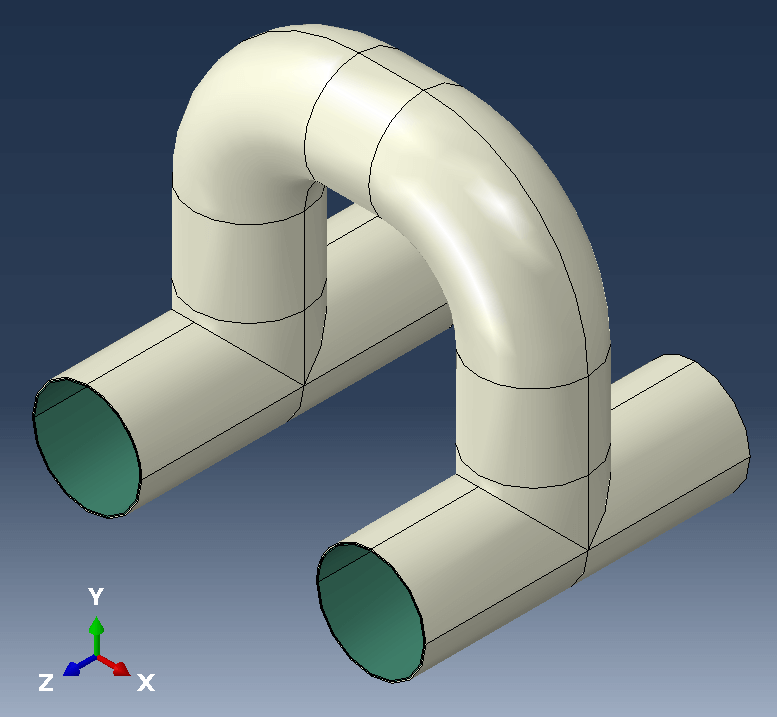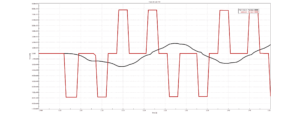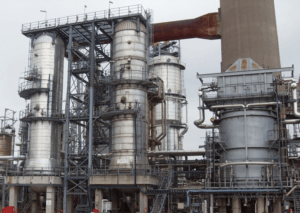Introduction
In the field of engineering design, the precision of pipe flexibility analysis models is critically important for accurately assessing nozzle loads in steel piping systems. The complexity of accurately modeling such systems increases particularly when dealing with non-standard piping designs, where specific details, such as the use of internal liners, are crucial. Internal liners, utilized for their corrosion-resistant properties, play a critical role in prolonging the service life of steel pipes. These liners, made from materials such as cement or epoxy, are designed to shield the piping from corrosive substances, thus safeguarding the structural integrity and operational reliability of the systems in harsh chemical or saline environments.
In the present case, the focus was on a cement liner and its influence on the stiffness of the piping system. Manufacturers often claim that cement liners do not significantly alter the stiffness of steel pipes, a statement that, if accurate, would have implications for calculated nozzle loads and the overall stress analysis. However, given the potential of these liners to affect the structural behavior of piping, it’s imperative to investigate their true impact on stiffness.
Our investigation used finite element analysis (FEA) to determine accurate deflection and stiffness data of pipe spools with cement liners. This approach helped us refine stress analysis models and verify the real impact of cement liners on pipe stiffness, beyond what manufacturers claim.
The Challenge of Modelling Pipe Stiffness
In the pursuit of rigorous engineering assessments, accurately modeling the stiffness of piping systems presents a significant challenge, especially when these systems include internal liners designed to combat corrosion. A simplified stiffness approach based purely on the increase in beam bending stiffness does not provide accurate flexibility models. Therefore, we show that the stiffness of components like elbows and Tees is increased greatly which increases the stiffness of normal piping systems more than would be expected based on the increase in beam bending stiffness. This gap in accurate modeling can lead to underestimations of stiffness increases, impacting the reliability and safety of engineering designs.
Analytical approach to determining pipe stiffness
When looking at typical beam bending of plain pipe material the amount of bending, or the flexibility of the pipe, is determined by the load and the stiffness of the pipe. The stiffness is captured with the term, here E is the stiffness of the pipe material and I is the beam bending moment of inertia. By introducing an effective stiffness, the pipe stress analysis model can be easily modified to reflect the effective increment in stiffness of the piping due to the introduction of the concrete liner.
The details of the pipe that was analyzed are shown below. This analysis shows the increment in the effective pipe stiffness is about 13%. This is only for straight pipe looking at beam bending.
The following details apply to the case that was analyzed:
- Steel DN1000 pipe - ,
- Concrete liner thickness -
- Pipe E-modulus -
- Concrete liner E-modulus -
Finite Element Analysis (FEA) approach to determine effective stiffness
Any piping system will consist of bends and Tees. These components have stiffness parameters assigned to them that are based on the ratios of the diameter and wall thickness. By adding an internal liner to these components their effective stiffness raises more than expected based on the analytical beam bending increment in stiffness.
A finite element analysis model was created for 2 typical pipe spools that were parts of the model that were being analyzed. These spools are shown below. One side of each model was clamped, and a fixed distance deflected the other. The reaction forces were determined for the case with and without an internal cement liner.


Findings
Straight pipe section
A verification of analytical calculation by analyzing a straight pipe subjected to a tensile load finds that the stiffness of the pipe with the cement liner is approximately 11% higher than a plain steel pipe. This is very close to the previous calculated stiffness increase of 13%.
Pipe section 1: spanning multiple bends

The geometry of the pipe section at the nozzle connection has been recreated using FEA software. The stiffness of this piping is determined from its displacement due to an applied unit load. The FEA finds that the stiffness increase due to the presence of a cement liner is significantly more than that for a straight pipe.
Depending on the direction of the force, the pipe section containing the cement liner is approximately 38-57% stiffer than an identical pipe section without it. An increase in stiffness by more than 1/2 of the nominal value can have a significant impact on the calculated nozzle loads and must be taken into consideration within the pipe flexibility model, for the analysis to be accurate.
Pipe section 2: spanning two bends and two Tees

The second analyzed pipe section contains two bends and two Tees. With the presence of the two Tees, the increase of the pipe section’s stiffness due to the cement liner is lower. The increase in stiffness varies from 17-33%, depending on the direction of the applied load. This suggests that the contribution of the cement liner varies with the geometry.
Conclusion
Through the FEA, we found a significant impact of the cement liner on the stiffness of steel pipes (38-57% for pipe section 1 and 17-33% for pipe section 2). This is in contrast to the manufacturer’s claim (zero added stiffness) and the analytical approach (13% added stiffness). The significant deviation from the expected results warrants further investigation into the topic by expanding the scope of the analysis to a wider range of geometries.
Author: Lukas Karolis Bajarūnas, Engineer
Resources
Futher Reading
Learn more about our finite element analysis services
Get in touch with one of our team members

Related News & Insights

Surge Awareness In Firewater Systems
As part of our responsibilities at DRG, we conduct both standard pressure drop calculations and surge/slug analyses for firewater systems. Our involvement spans various stages,

Well Integrity For Fiberglass-Casing Based Well Design
Geothermal energy is a promising renewable energy source, but it comes with its own set of challenges. Two significant issues in geothermal well operations are

Understanding Flow-Induced Vibrations in Piping Systems
Flow-induced vibrations in piping systems are a critical aspect of mechanical engineering, impacting the reliability and integrity of various industrial setups. The Japan Society of
